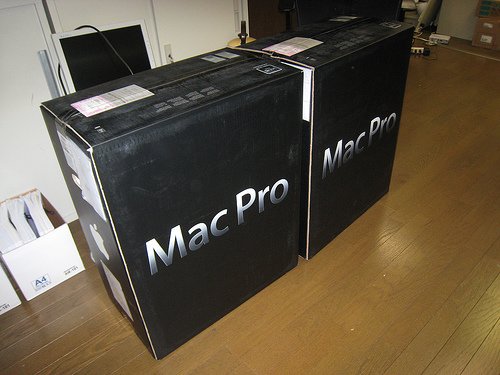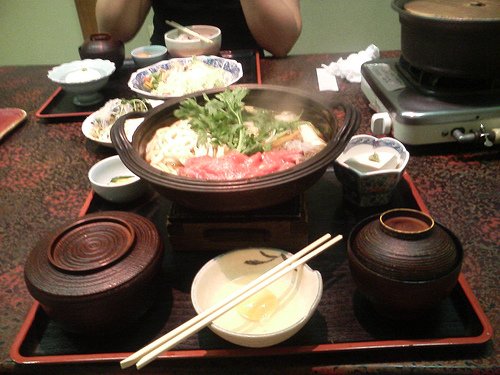Japan can be such a funny place. You could be going along, minding your own business when suddenly, bam, the country will hit you with English that’s so bizarre you have to stop what you’re doing and gaze at it with amazement. I took my kids to the onsen (public hot springs bath) over the weekend, and while I was getting dressed I looked up to see an air filter with “Clean-Poo” written on the side. In neighboring Takasaki (sister city with Kelloggs home Battle Creek, MI, in case you were curious) there’s a swimming school called Koma which decided to be cute and write its name with a “c” instead of a “k,” resulting in Coma Swimming School — not exactly where I want my kids learning to swim. The letters L and R are the same phonetic concept in Japanese, which causes a lot of confusion when speaking English, and most bilingual Japanese I know go out of their way to avoid the word “election” for this reason. A couple of years ago there was a poor restaurateur who built a large Texas-style steak house in our city with a giant sign that proclaimed RONE STAR — I never did find out if he got the name wrong on purpose to show his originality or if it was an accident. I don’t have to go very far to find funny English: the rural liquor shop that my wife’s parents run has a delivery van with RIQUOR SHOP YANAI printed on the back.
Nippon, Nippan, Nissan, Nisshin. What’s up with those similar-sounding Japanese names? The name of Japan in its own language is Nippon or Nihon, with the former having a little more official-ness by virtue of it being the term used by NHK, Japan’s version of the BBC. The name means “origin of the sun” (日本) and was bestowed on the country by China, which names itself the “kingdom at the center of the world” (中国). Since the Japanese communicate ideas with kanji characters rather than an alphabet as we do, it’s natural for words to be created by combining kanji the way we make acronyms in English. Since no one wants to bother trying to remember a name like Nihon Shuppan Hanbai Kabushiki Gaisha (日本出版販売株式会社), it’s was natural for Japan’s second largest book distributor to adopt the more reasonable name of Nippan. Ramen powerhouse Nisshin took a famous slogan meaning “to live a pure life every day” and boiled it down to the most important two characters to get their name. Japan’s famous automobile maker Nissan’s name originally was “Japan Industrial Corporation Ltd.” (日本産業株式会社) but in its abbreviated form (日産) it essentially means “Made in Japan,” about as direct a name as you could ask for. Often, a company will come to view its kanji name as outdated and will re-brand itself with cooler English-sounding name, which is what happened when Nippon Denki Kabushiki Gaisha (日本電気株式会社), aka “Nichiden” (日電) decided that it would call itself NEC instead.
Although it sounds corny, I do consider myself to be a kind of ambassador for the U.S. in Japan, and I like to spread awareness of all things American when I get the chance. On Sunday we had a late Easter with my daughter’s Girl Scout troop, decorating eggs and making Easter Baskets and doing all that stuff that you might take for granted, but which is very exotic and mysterious here in Japan. The girls had loads of fun learning to color the eggs and arrange everything nicely, and the new Brownies were especially thrilled since they’d never seen anything like it. Since the Japanese aren’t too keen on eating something that’s been on the ground, we used foil-wrapped Cadbury Eggs for our egg hunt, and the kids all had a blast. We had one small cultural break-down when my Japanese mother-in-law boiled the eggs we were to color only partially, thinking that they were to be decorated but not eaten, so that everyone who opened one of their eggs got oozing egg yolk all over the place.
Remember that J-List sells a magazine that’s personally done a lot of good for me, Nihongo Journal, a monthly periodical featuring Japanese lessons for many levels, from beginner-intermediate on up, covering a variety of language areas, from business Japanese to conversational speaking to preparing for the JLPT. We carry the magazine via our popular “Reserve Subscription” service which lets you get Japan’s most interesting magazine sent to you each month, paying on a month-to-month basis or for a year at a time. We have dozens of other effective tools for studying Japanese, from textbooks like the Genki series and kanji workbooks and great flashcards for learning hiragana, katakana and kanji. Why not browse them all now?

Ah, they finally came. I think I’ve entered that magical world known as “Nerdvanna.”















